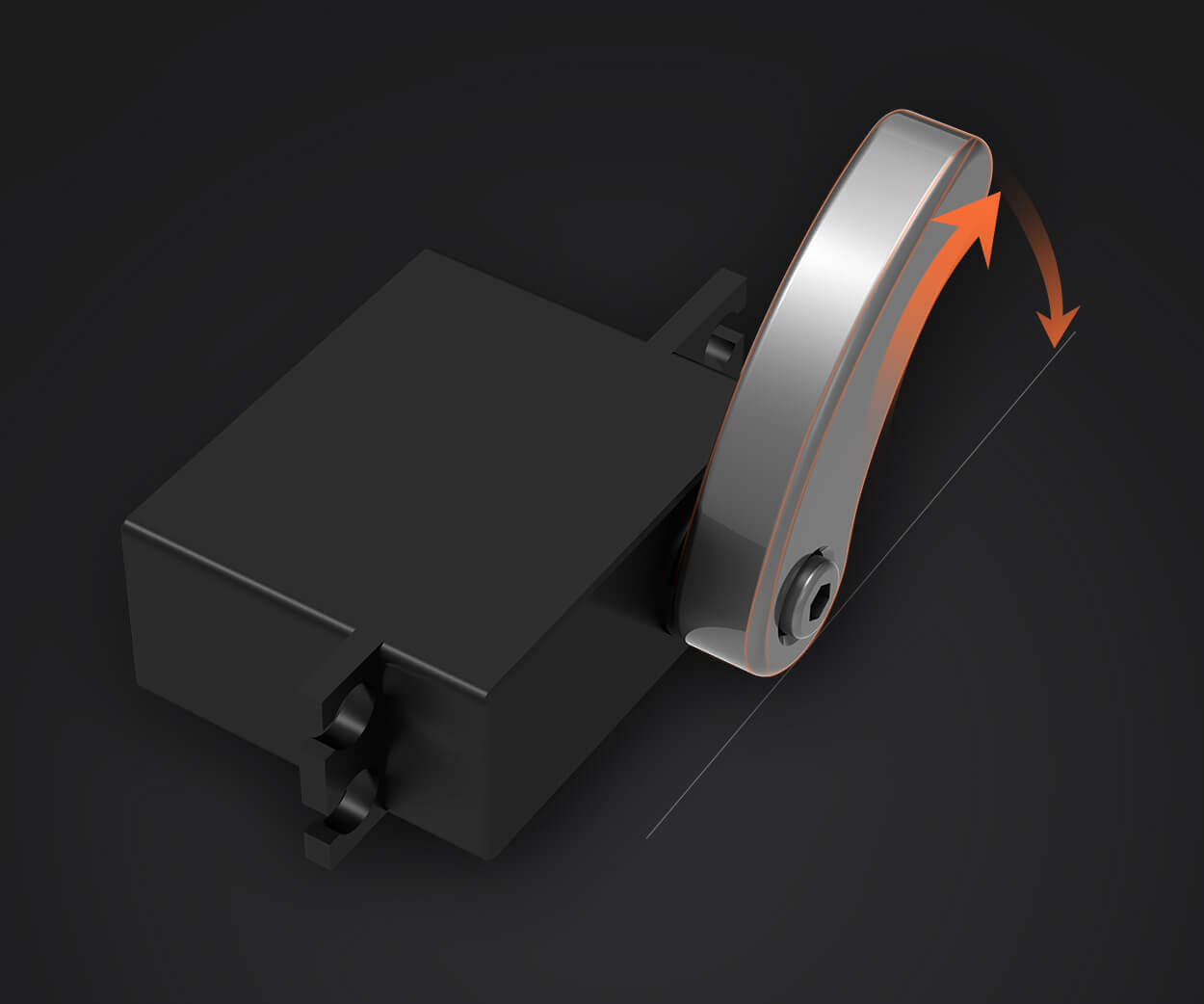Spring microservice interviews have become the new battleground for tech talent. Let’s not sugarcoat it—they’re intense. It’s not just about knowing Spring Boot inside out; it’s about understanding architecture, scalability, resilience, and that sneaky undercurrent of design patterns. But here's the thing: these questions aren’t just trivia. They strip down to core concepts, pushing you to think on your feet.

So, why do folks prep so hard for this? Because every company wants smooth, fast, resilient services. Microservices are a gold standard—think Netflix, Amazon—they all rely on small, independent units working flawlessly, even under load. Candidates who get that are the ones who craft better, more reliable apps. And they walk in knowing what they’ll face, like “How does Spring Boot handle dependency injection?” or “Explain circuit breaker pattern and how Spring Cloud supports it.”
But sometimes, the real magic is in the details. Imagine this: you’re asked how to implement service discovery in Spring. It’s not just about saying “Eureka” or “Consul”—you better explain why service discovery matters, how it minimizes downtime, how it helps in dynamic environments. The answer shouldn’t be rote memorization but understanding how these components keep the system humming.
And here’s a little insider tip—interviewers love hearing stuff like, “If a microservice is slow, what steps do I take to troubleshoot?” Or, “How do I secure REST APIs within Spring?” That kind of question forces you to show practical knowledge. They want to see if you’re thinking, not just regurgitating textbook answers.
Rarely do these interviews stick to just basic questions. They dive into complex scenarios—like handling data consistency across services or managing distributed transactions. Being able to confidently navigate these topics, with real-world examples, gives you an edge. It’s about demonstrating you can build scalable, resilient systems, not just answer trivia.
What’s the secret? Practice, yes. But also, stay curious. Dive into questions that challenge assumptions. For example, what happens when a service goes down while updating a database? How does Spring help you roll back or handle errors gracefully? Each scenario is another chance to showcase problem-solving chops.
In the end, these interview questions are less about catching you out and more about assessing whether you’ve got a handle on designing robust microservice architectures. If you think about it like building a house—knowing where the load-bearing walls go, ensuring the plumbing isn’t clogged, making sure the foundation won’t crack—you’ll be ahead of the game. Because at the core, Spring microservice questions are about architecture, resilience, and real-world problem solving.
Established in 2005, Kpower has been dedicated to a professional compact motion unit manufacturer, headquartered in Dongguan, Guangdong Province, China. Leveraging innovations in modular drive technology, Kpower integrates high-performance motors, precision reducers, and multi-protocol control systems to provide efficient and customized smart drive system solutions. Kpower has delivered professional drive system solutions to over 500 enterprise clients globally with products covering various fields such as Smart Home Systems, Automatic Electronics, Robotics, Precision Agriculture, Drones, and Industrial Automation.




































